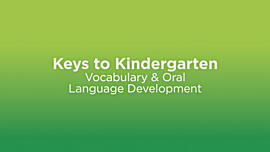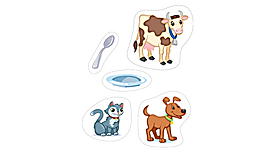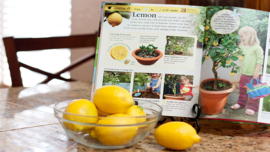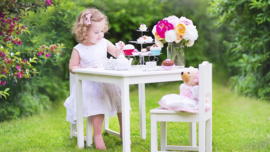Developing oral language through nursery rhymes
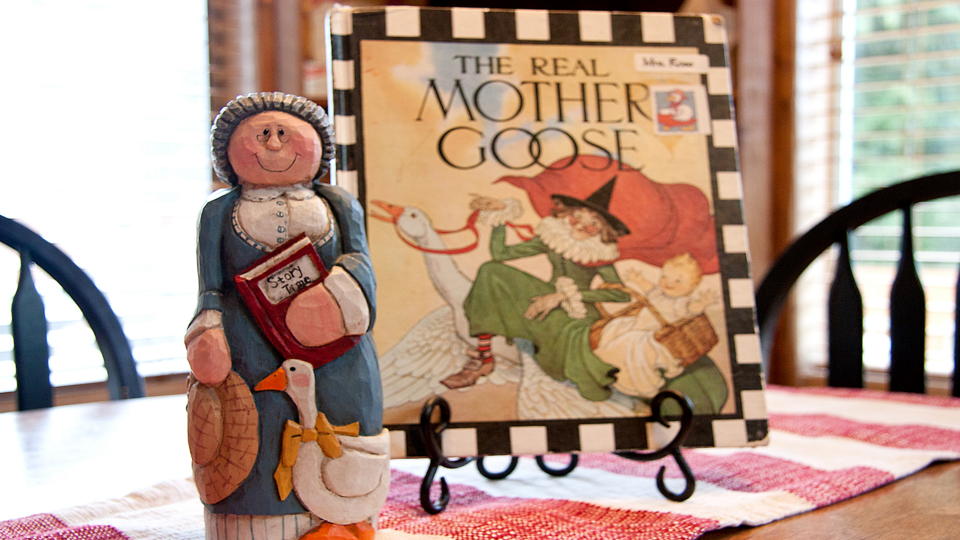
Nursery Rhymes contribute to the foundational skills young children need in their oral language development.
Ask any kindergarten teacher about what they wish incoming Kindergartners knew, and you will hear most of them include Nursery Rhymes in their list. They are fun and engaging for young children, and provide a bonding experience when they are read together.
A sense of togetherness
There is a sense of togetherness that Nursery Rhymes provide. As a new mom, I found myself singing Nursery Rhymes when I needed a little song to get a smile out of a little one. When my kids were in preschool, they would come home singing a Nursery Rhyme and I’d chime right in. They were songs and poems that we both knew. Suddenly, we had a common connection between home and school. As a teacher, I find myself using Nursery Rhymes with my Kindergarten students all day long. When I need to get their attention, I sing Nursery Rhymes. When we practice rhyming words, we chant Nursery Rhymes. When we need a familiar story to retell in our reading lesson, we use familiar Nursery Rhymes. In the first week of Kindergarten, I’m able to sing several songs with my students who are familiar with Nursery Rhymes. Students who are unfamiliar, learn them quickly and chime in. In just a few short days, we become a team and Nursery Rhymes help develop that sense of togetherness.
Foundational skills in oral language development
We know that listening comprehension comes before reading comprehension. Long before kids can read sight words or sound out unknown words, they are listening to songs, stories, poems, and rhymes. As they are listening, they are developing their comprehension skills. As parents and caregivers read Nursery Rhymes with their children, it’s a great time to ask kids about what is happening in the story, what they think will happen next, or even act out the story they hear.
Creating mental images, based on stories they hear, can be challenging for kids but can strengthen listening comprehension. Television tends to make mental images for us. Kids can sit down for thirty minutes, be entertained with a great story, and see the visual right there on the screen. When they are singing a Nursery Rhyme, for example, there may not be a visual for them to look at. Asking kids what is happening in the rhyme, having them close their eyes and make a picture of it, or pretending to make a movie in their mind will strengthen their listening comprehension.
There might be new language and vocabulary that kids run across when they are listening to Nursery Rhymes. Talk about these words and point them out! Kids will also be introduced to alliteration (a string of words beginning with the same letter), onomatopoeia (words that represent a sound, like woof or honk), and rhyming words. As children are chanting or singing Nursery Rhymes, they learn how to articulate words, practice using pitch and volume as they read and sing, and they are pronouncing words over and over while having fun!
Dramatic play using nursery rhymes
One of my favorite ways to learn about Nursery Rhymes is through dramatic play. Rhymes, songs and stories can quickly be turned into plays, puppet shows or felt board stories. All of these reenactments help deepen listening comprehension.
Puppet shows are terrific way for your child to retell a story or Nursery Rhyme. Using a store-bought puppet show is fine, but there are very simple ways to create your own puppet theater. Draping a blanket over a coffee table or a few chairs can provide enough space for kids to hide behind, with their puppets or stuffed animals. If they are acting out Hey Diddle Diddle, The Cat and the Fiddle, and don’t have a cow to jump over the moon, use a toy horse and just change out the word. Point out that they’ve just created an adaptation of a Nursery Rhyme and that authors do that all the time! Printing characters onto cardstock and attaching them to popsicle sticks is another way to create characters quickly. It’s fast, easy, inexpensive, and the possibilities for characters and props are endless.
Kids can also just act out a rhyme. Grab a tuffet, a fake spider, and a bowl, and suddenly you have little Miss Muffet happening right in your living room. It’s a great chance to develop those higher level vocabulary skills too, since we don’t often call our “low to the ground pillows” tuffets anymore. Acting out Jack and Jill can be quick, simple, and fun too. A pile of pillows will make a great hill to tumble down. Kids will be able to internalize the new word, tumble, and it may even become part of their vocabulary.
There are many great reasons to use Nursery Rhymes in your daily routine. Aside from providing foundational skills for oral language development, these rhymes are fun and engaging for young children. It’s a time to connect with your child, provide a home-school connection, and simply have a great time learning together. There are plenty of Nursery Rhyme CD’s out there too, so the learning and fun doesn’t even need to stop when you’re in the car! One word of caution – many of these Nursery Rhymes were written during a very dark time in history, and some of the rhymes themselves can be a bit dark and scary. Steer clear of those! We don’t want kids having nightmares of someone cutting of the tails of the 3 Blind Mice with a carving knife. Stick to fun rhymes like Jack and Jill or Little Miss Muffet. And by all means, if you are acting out Jack Be Nimble with your child, and jumping over the candlestick, make sure it’s not lit! Other than that, have fun!










